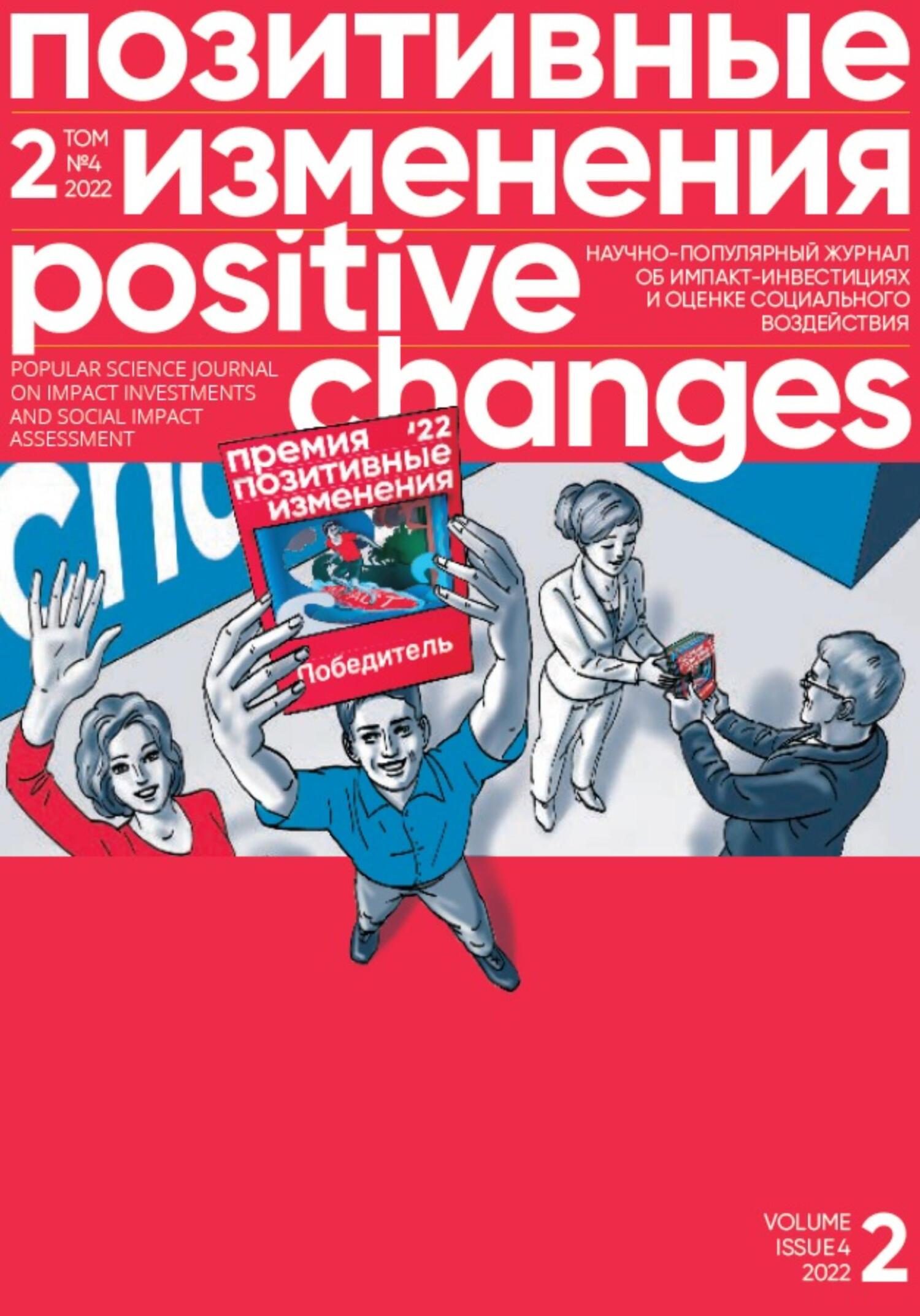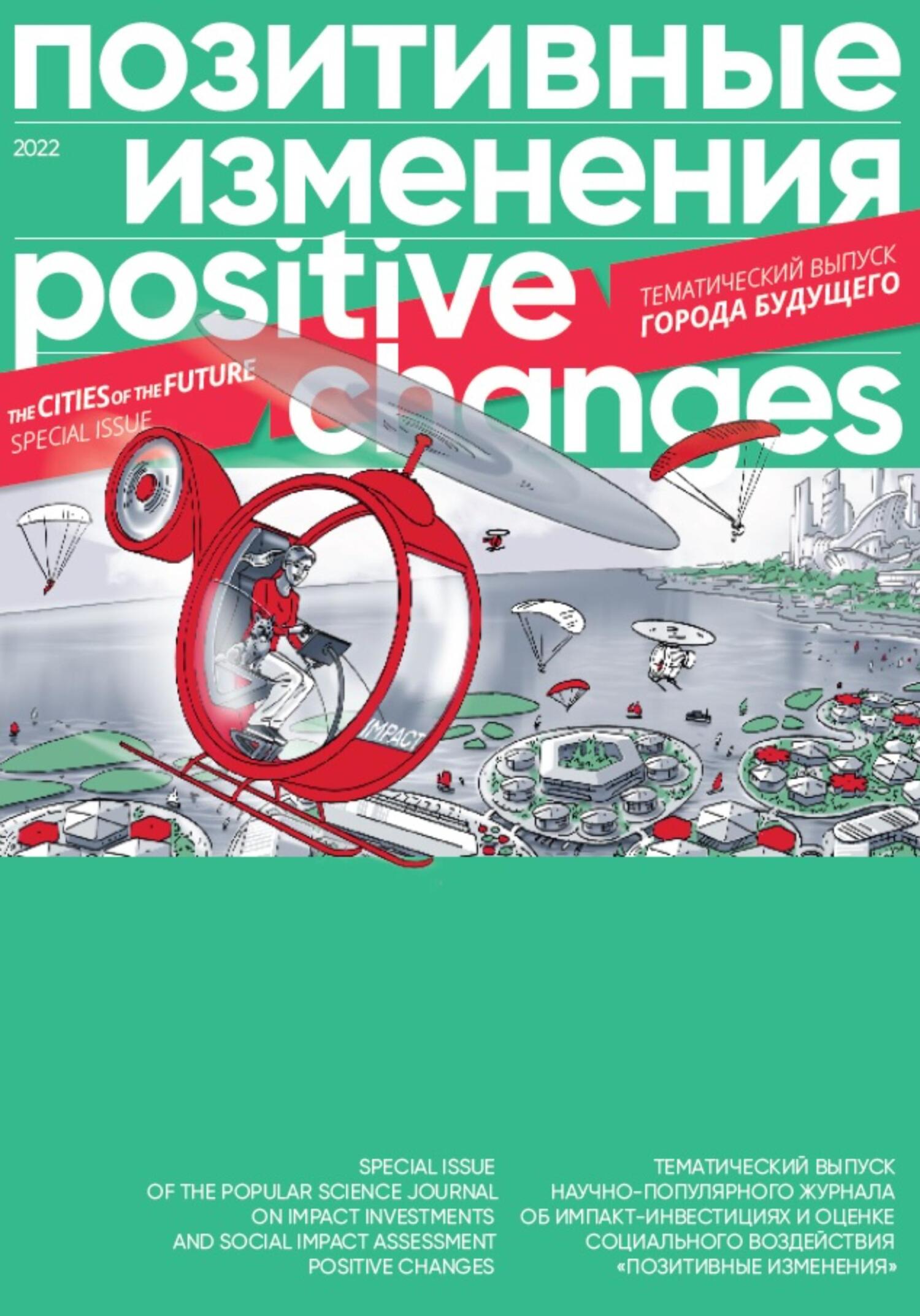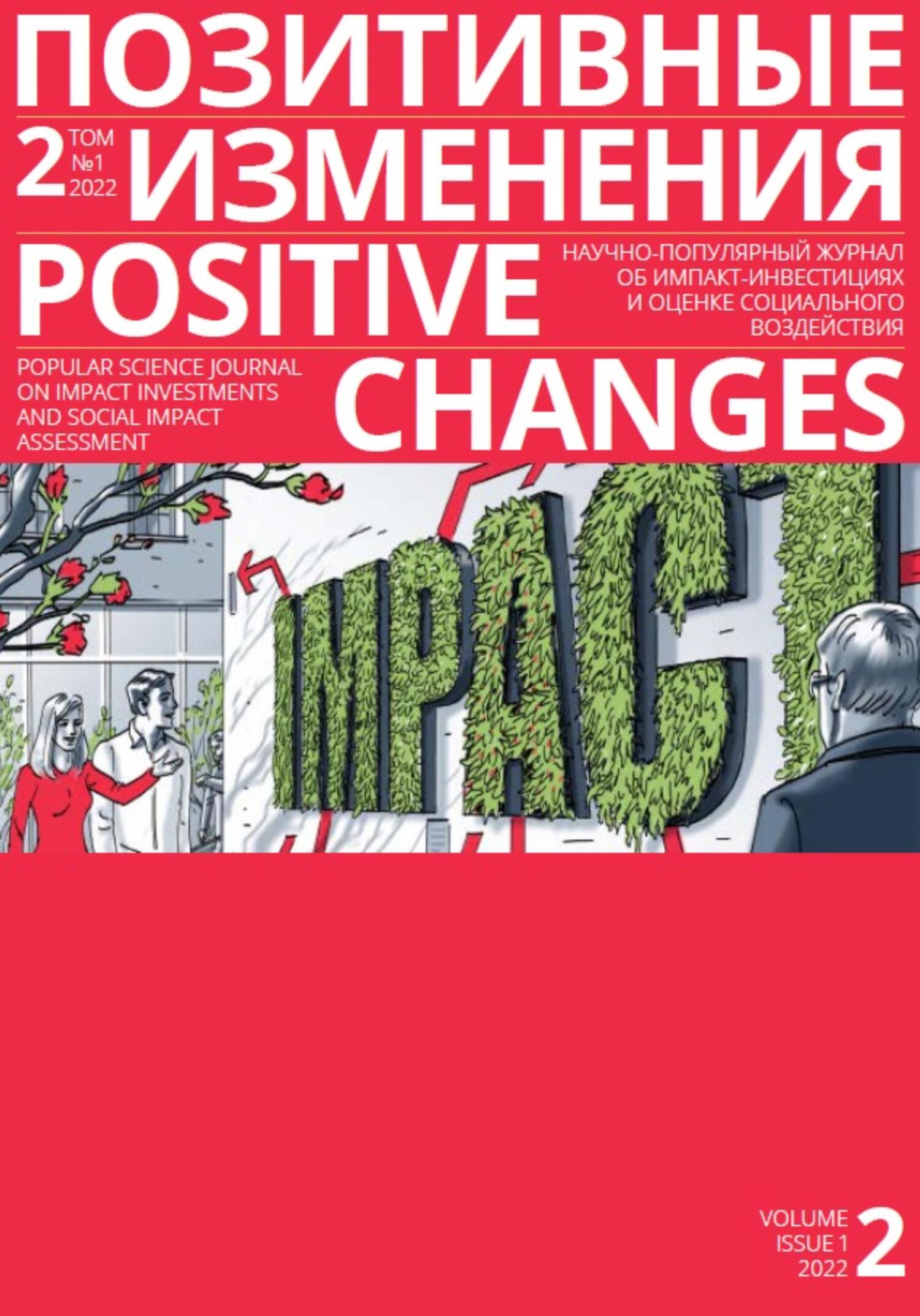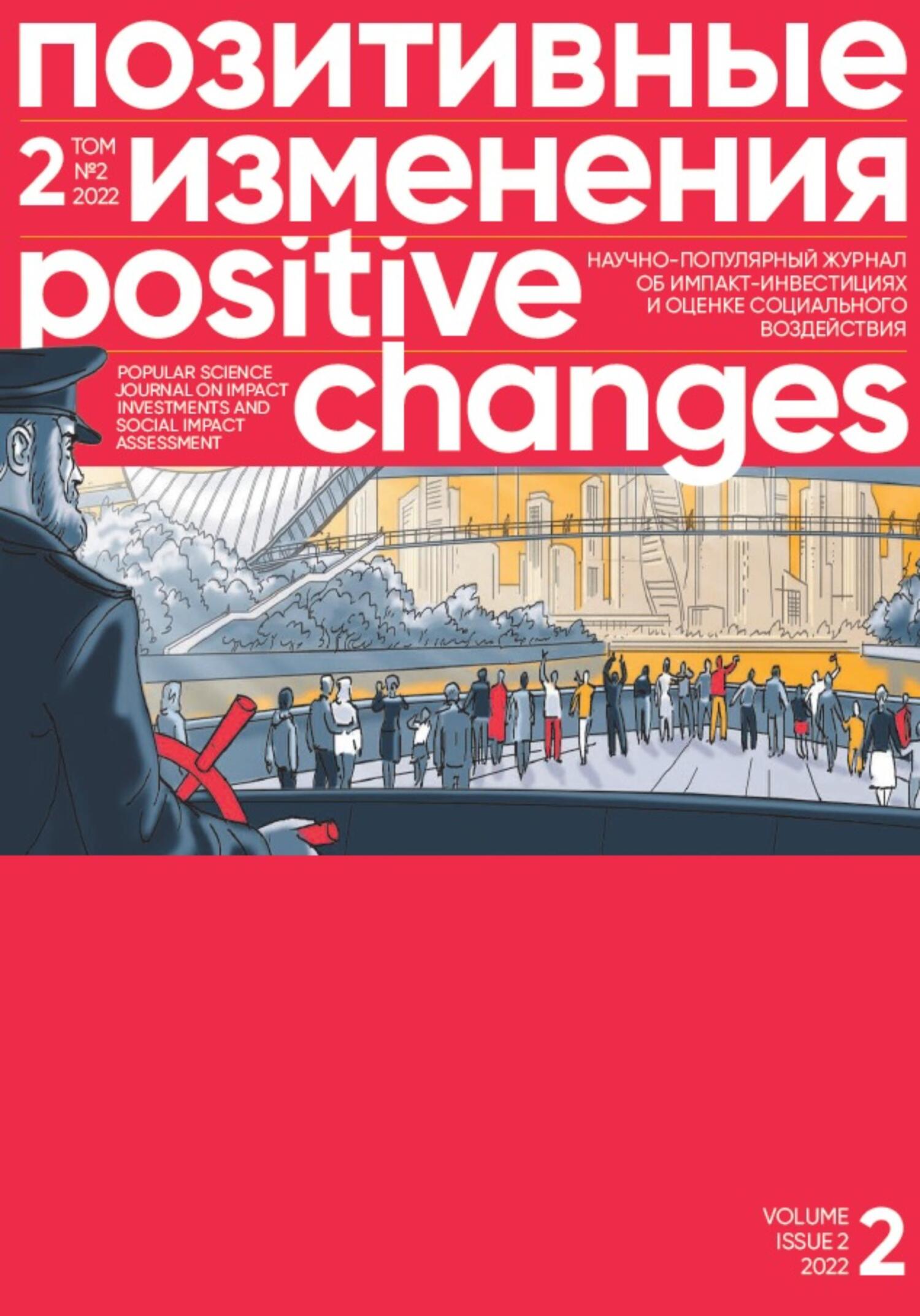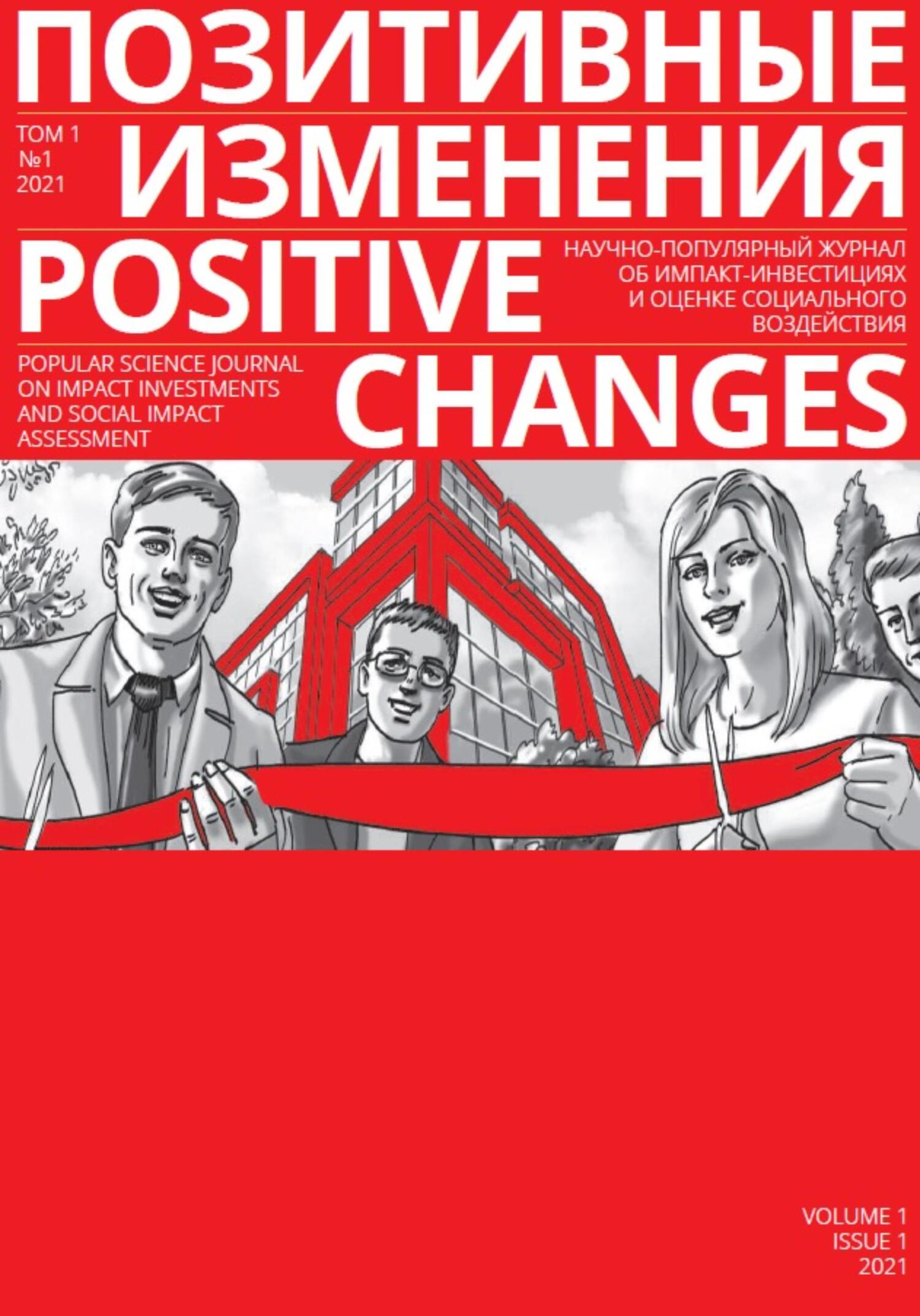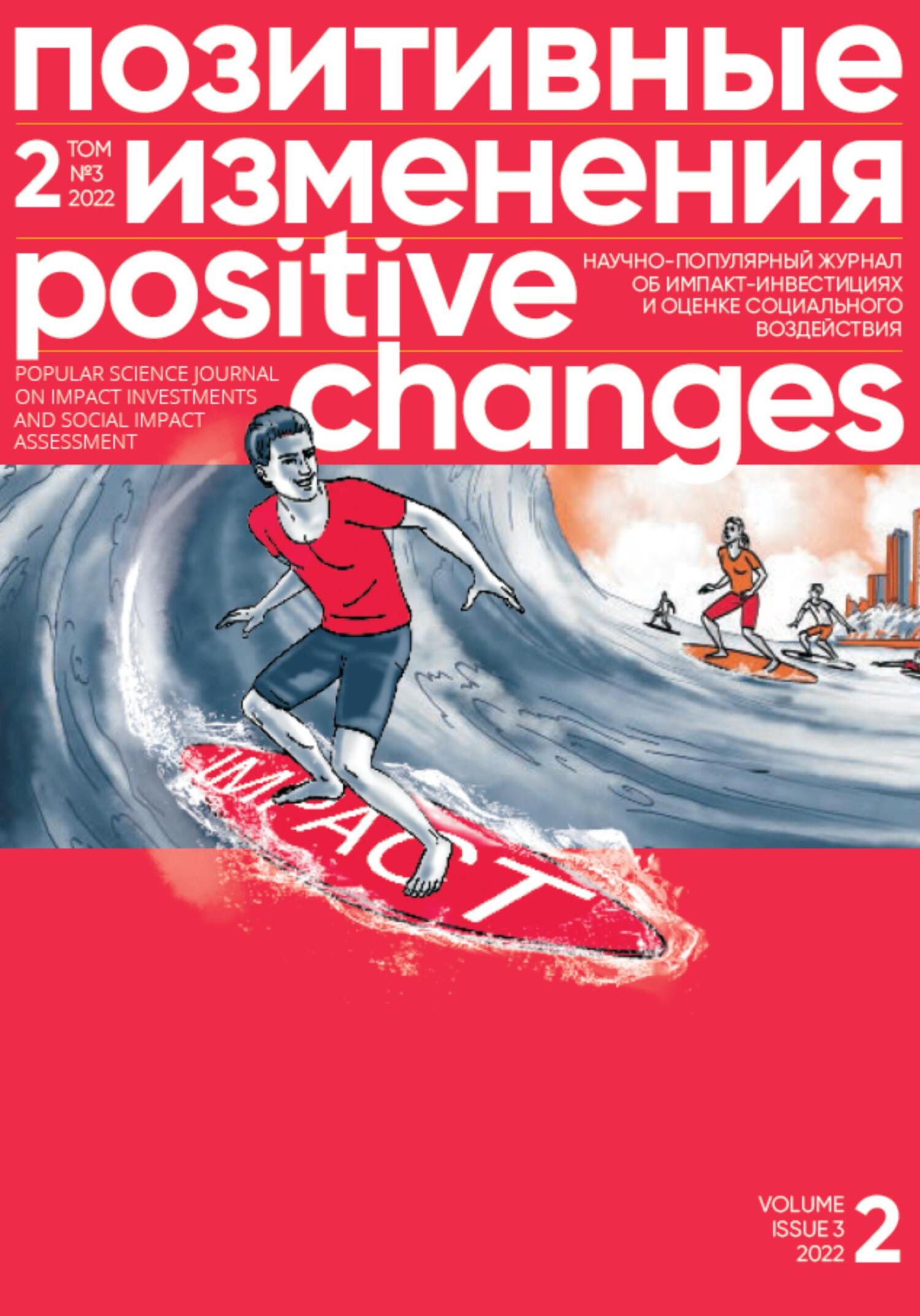class="p1">
21. Hair, J., Black, W., Babin, B., & Anderson, R. (2010). Multivariate data analysis (7th ed). Upper Saddle River, New Jersey: Pearson Educational International.
22. Hair, J., Ringle, C., & Sartedt, M. (2011). PLS-SEM: Indeed a Silver Bullet. The Journal of Marketing Theory and Practice, 19(2), 139151. DOI: 10.2753/MTP1069–6679190202.
23. Ibrahim, S. S., Ibrahim, A., Allah, A. N., & Saulawa, L. A. (2016). Building of a community cattle ranch and radio frequency identification (RFID) technology as alternative methods of curtailing cattle rustling in Katsina State. Pastoralism, 6(1), 1–9. DOI 10.1186/s13570–016–0055-z.
24. Ibrahim, Y. E. (2018). Climate Change: Threats and Opportunities in Katsina State, Nigeria. Conference session Faculty of Natural and Applied Sciences Colloquim/ Seminar Series at Umaru Musa Yaradua University, Katsina, Nigeria.
25. Jabbour, C. (2013). Evironmental Training in Organizations: From a literature review to a framework for future research. Resources, Conservation and Recycling, 74, 144–155. https://doi.org/10.1016/j. resconrec.2012.12.017.
26. Jackson, S. E., Renwich, D. W. S.; Jabbour, C. J. C. & Muller-Camen, M. (2011). State of the Art and Future Directions for Green Human Resource Management: Introduction to the special issue. German Journal of Human Resource Management, 25(2), 99–116. https://doi.org/10.1177/2397 00221102500203.
27. Jehan, Y., Hussai, D., Batool, M. & Imran, M. (2020). Effect of Green Human Resource Management Practice and Environmental Sustainability. International Journal of Human Capital in Urban Management, 5(2), 153–164. DOI:10.22034/ IJHCUM.2020.02.06.
28. Langat, B. & Kwasira, J. (2016). Influences of green human resource management practices on environmental sustainability at Kenyatta University, Kenya. International Journal Of Economics, Commerce and Management, 4(10), 986–1003.
29. Liu, W. (2010). The Environmental Responsibility of Multinational Corporation. Journal of American Academy of Business, 81–88.
30. Mandago, J. R. (2019). Influence of Green Human Resource Management Practices on Environmental Sustainability in Service Based State Corporations in Kenya. [Doctoral dissertation, Jomo Kenyatta University of Agriculture and Technology]. Digital Repository.
31. Mandip, G. (2012). Green HRM: People Management Commitment to Environmental Sustainability. Research Journal of Recent Science, 1, 244–252.
32. Mathapati, C. M. (2013). GREEN HRM: A Strategic Facet. Tactful Management Research Journal, 2(2), 1–6.
33. Mobarez, A. A. (2018). The Effect of Green Human Resource management on Organization's Sustainable Environment Performance (Emprical Study). Journal of the Association of Arab Universities for Basic and Applied Sciences, 1–29. Retrieved from: https://www.researchgate. net/publication/33167421. (accessed 12.12.2020).
34. Opatha, H. (2014). Green Human Resource Management: Simplified General Reflections. International Business Research, 7(8), 109–110. DOI: 10.5539/ibr.v7n8p101.
35. Owine, W. A., & Kwasira, J. (2016). Influence of Selected Green Human Resource Management on Environmental Sustainability at Menengai Oil Refinery Limited, Nakuru, Kenya. Journal of Human Resource Management, 4(3), 20–27. DOI: 10.11648/j.jhrm.20160403.11.
36. Ramasamy, A., Inore, I. & Sauna, R. (2017). A study on implications of implementing Green HRM in the corporate bodies with special reference to developing nations. International Journal of Business and Management, 12(9), 117. DOI:10.5539/ijbm.v12n9p117.
37. Rawashdeh, A. M. (2018). The Impact of Green Human Resource Management on Organizational Environmental Performance in Jordanian Health Service Organizations. Management Science Letter, 8, 1050–1058. DOI: 10.5267/j.msl.2018.7.006.
38. Renwick, D., Redman, T. & Maguire, S. (2008). Green HRM: a rewiew, process model, and research agenda. Discussion paper No. 2008.01. Discussion paper series, the University of Sheffield, Management School. DOI:10.13140/RG.2.2.30801.07520.
39. Renwick, D., Redman, T., & Maguire,
S. (2012). Green Human Resources Management: A Review and Research Agenda. International journal of management reviews, 15(1), 1–14. DOI:10.1111/j.1468–2370.2011.00328.x.
40. Sari-Aytekin, S. (2021). The Role of Human Resources in the Journey of Sustainability: green human resources management. In E. Karoglu (Ed.), Contemporary Issues in Strategic Human Resource Management (pp. 107–124). Gazi Kitabevi Tic. Ltd. Sti.
41. Shaban, S. (2019). Reviewing the Concept of Green HRM (GHRM) and its Application Practices (Green Staffing) with Suggested Research Agenda: A Review from Literature Background and Testing Construction Perspective. International Business Review, 12(5), 86. https://doi.org/10.5539/ibr.v12n5p86.
42. Sutton, P. (2004). A perspective on environmental sustainability. Paper on the Victorian Commissioner for Environmental Sustainability, 1–32.
43. Todara, N., Daddi, T., Testa, F., & Iraldo, F. (2019). Organization and Management Theories in Environmental management System Research: A systematic literature review. Business Strategy Development, 39–54. https://doi.org/10.1002/bsd2.77.
44. UN World Commission on Environment and Development. (1987). Our Common Future: Report of the United Nations World Commission on Environment and Development. Retrieved from: https:// sustainabledevelopment.un.org/content/ documents/5987our-common-future.pdf. (accessed 10.12.2022).
45. US Environmental Protection Agency (2021, February 08). Learn About Sustainability. Retrieved from: https://www.epa.gov/ sustainability/learn-about-sustainability. (accessed 07.09.2021).
46. Zhao, J., Liu, H. & Sun, W. (2020). How Proactive Environmental Strategy Facilitates Environment Reputation: Role of Green Human Resource Management and Discretionary Slack. MDPI Sustainabilitty Journal. https://dx.doi.org/10.3390/su12030763.
47. Zoogah, B. D. (2011). The Dynamics of Green HRM Behaviors: A Cognitive Social Information Processing Approach. Zeitschrift Fur Personalforschung, 22(2), 117–139. https://doi.org/10.1177/2397002 21102500204.
Green Human Resource Management. Assessing the Impact on the Environmental Sustainability of Banks (Nigeria Case Study)
Holo Matthew Aker, Abubakar Sadiq Suleiman
DOI 10.55140/2782–5817–2022–2–4–82–95
As the ESG agenda is gaining popularity around the world, companies start paying more and more attention to environmental responsibility, striving to reduce ecological damage. Green human resource management practices are becoming part of corporate strategies. For example, this means electronic workflow, from online vacancy announcements to employee training to use the resources sparingly and to conserve energy. In this article, we discuss the effects of “green” HR on the environmental sustainability of banks in Katsina State, Nigeria.
Holo Matthew Aker
Department of Business Management, Federal University Dutsin-ma, Katsina State, Nigeria
Abubakar Sadiq Suleiman
PhD, Associate Professor, Department of Business Management, Federal University Dutsin-ma, Katsina State, Nigeria
INTRODUCTION
The global concern for environmental sustainability is on the increase. This is a result of the growing threats of climate change and global warming, as well as other environmental challenges, which are compelling individuals, organizations and governments to be more responsive to the environment. These environmental concerns have posed multifaceted managerial challenges to present-day management of organizations and have fundamentally affected operations, strategies, policies and culture of business organizations globally (Cohen et al., 2014). This phenomenon has necessitated the need to integrate environmental management practices and human resource management practices in organizations
